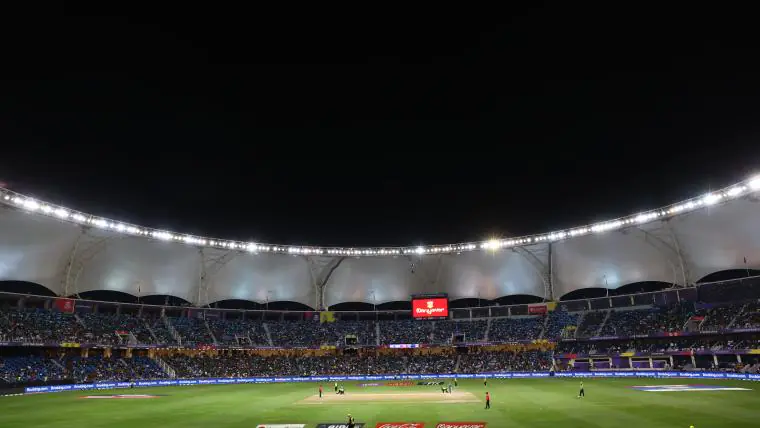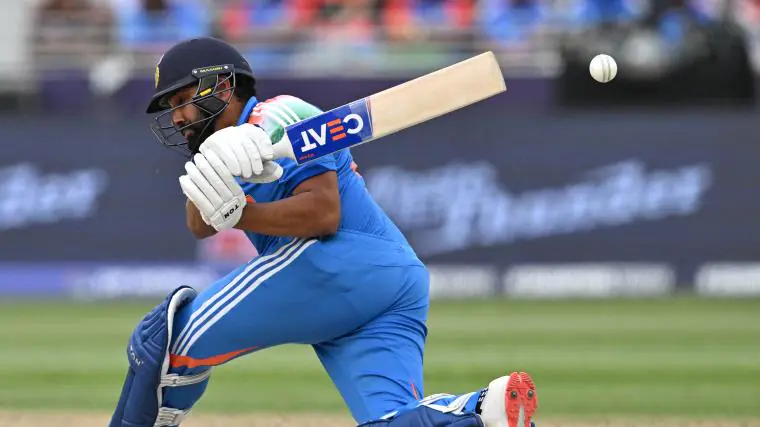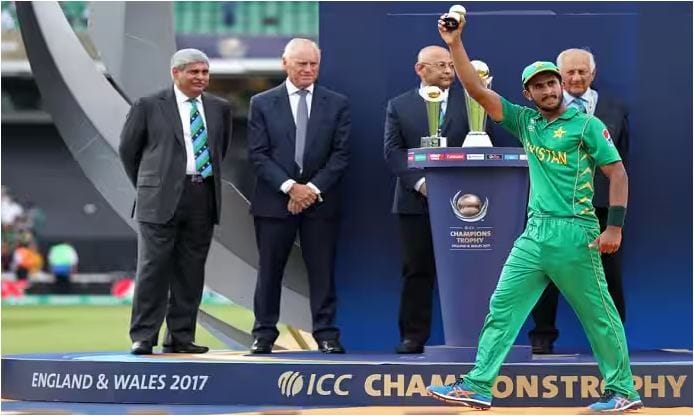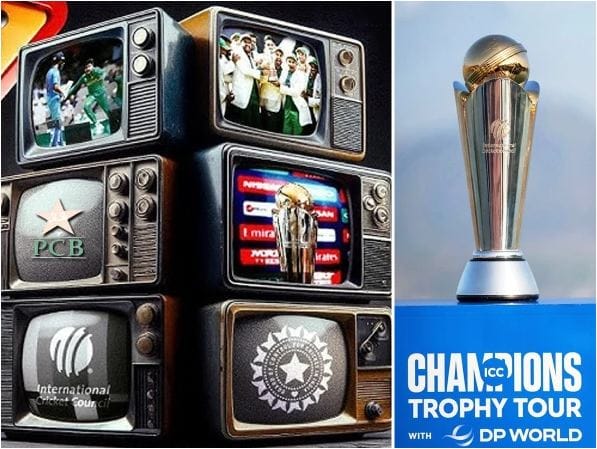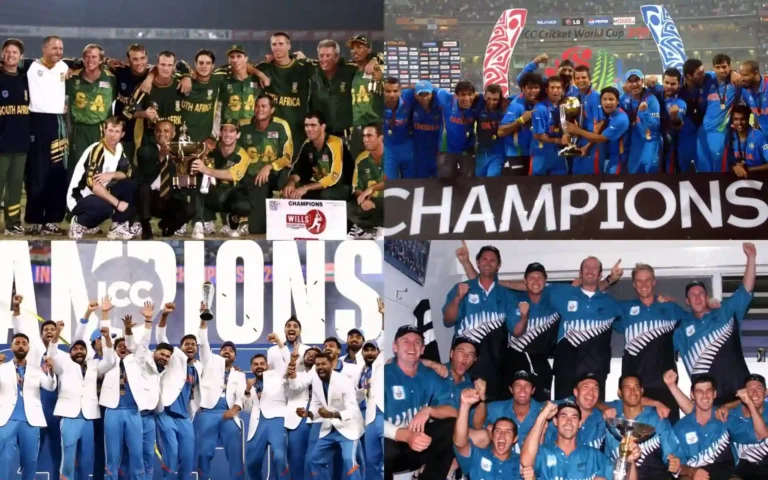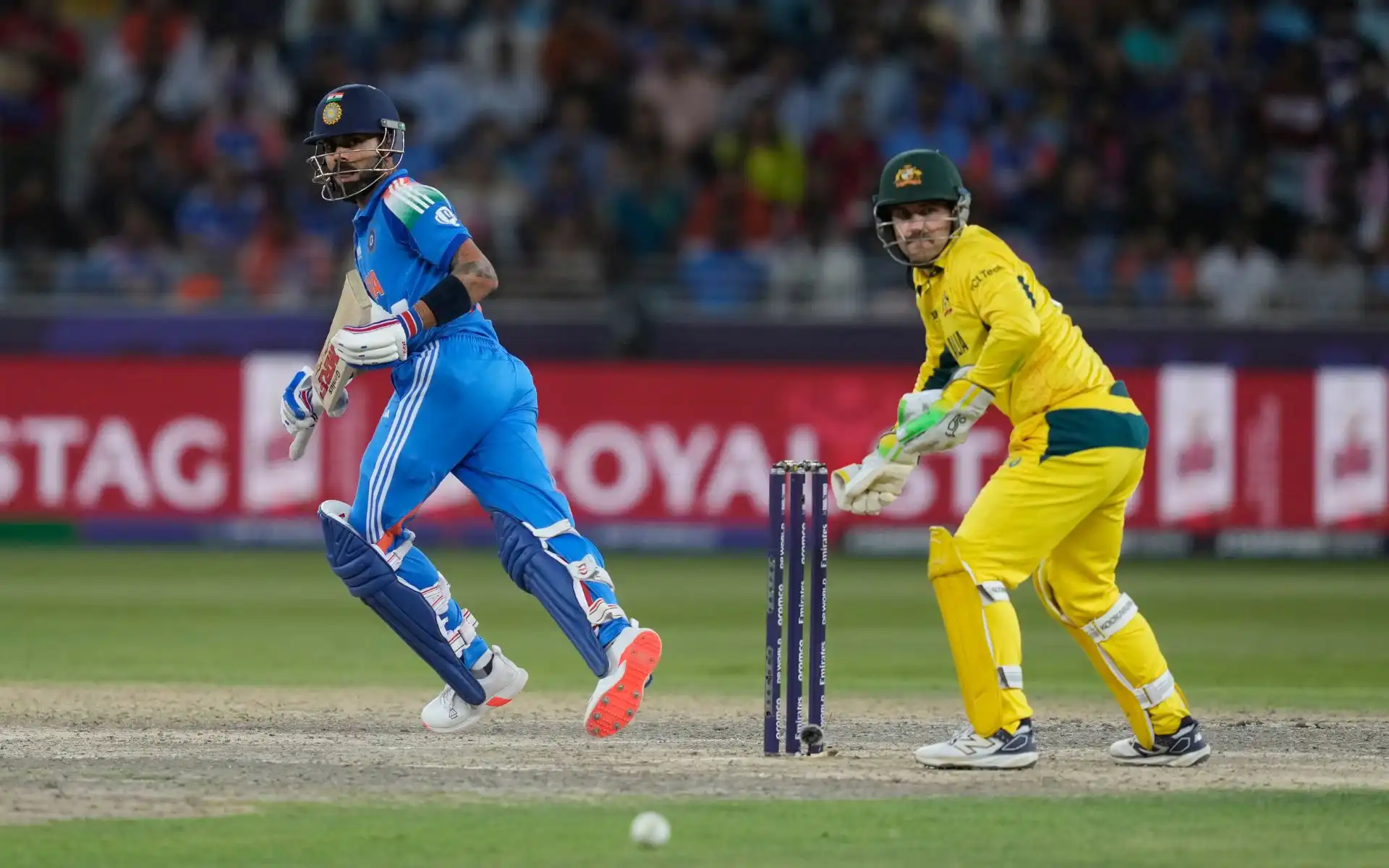
In One Day International (ODI) cricket, successful run chases in knockout matches are crucial for a team’s victory. The highest successful chase in an ODI knockout match was achieved by India against England in the 2002 NatWest final, where India scored 326/8 at Lord’s. This remains the record to beat in high-pressure knockout games.
- India’s 326/8 in the 2002 NatWest final is the highest chase in an ODI knockout match.
- New Zealand, Australia, West Indies, and Sri Lanka have also registered notable successful chases.
- Strong partnerships, pitch awareness, and finishing ability are key to successful chases.
- India remains a dominant force in ODI knockout chases, with multiple historic wins.
Top Successful Run Chases in ODI Knockouts
Below is a list of the most significant successful run chases in ODI knockout matches:
1. India vs. England – 2002 NatWest Final
- Score: 326/8
- Overs: 49.3
- Ground: Lord’s
- Date: 13 July 2002
- Key Players: Sourav Ganguly, Mohammad Kaif, Yuvraj Singh
2. India vs. Pakistan – 1998 Dhaka
- Score: 316/7
- Overs: 47.5
- Ground: Dhaka
- Date: 18 January 1998
- Key Players: Sourav Ganguly, Robin Singh
3. New Zealand vs. South Africa – 2015 Auckland
- Score: 299/6
- Overs: 42.5
- Ground: Auckland
- Date: 24 March 2015
- Key Players: Grant Elliott, Corey Anderson
4. Australia vs. New Zealand – 1996 Chennai
- Score: 289/4
- Overs: 47.5
- Ground: Chennai
- Date: 11 March 1996
- Key Players: Mark Waugh, Ricky Ponting
5. West Indies vs. Pakistan – 1993 Sharjah
- Score: 285/4
- Overs: 45.3
- Ground: Sharjah
- Date: 5 November 1993
- Key Players: Brian Lara, Desmond Haynes
India’s Dominance in ODI Knockout Chases
India has consistently performed well in ODI knockout chases, securing multiple victories:
- 2011 World Cup Final: India chased 275 against Sri Lanka at Wankhede.
- 1998 Sharjah Cup: India successfully chased 275 against Australia.
- 2017 Champions Trophy: India chased 265 against Bangladesh in Birmingham.
Factors Behind Successful ODI Chases
Achieving a successful chase in ODI cricket depends on several key factors:
1. Strong Batting Performance
- Teams need top-order batsmen to score big runs.
- Middle-order players like finishers play a crucial role.
2. Calculated Risks and Partnerships
- Successful teams focus on building strong partnerships.
- They rotate the strike and play aggressive shots at the right moments.
3. Adapting to Match Conditions
- Reading the pitch conditions helps in formulating a chase strategy.
- Adjusting to bowling variations ensures consistent scoring.
Notable Mentions in ODI Knockout Chases
Other teams have also registered remarkable chases in ODI knockout matches:
| Team | Score | Opponent | Ground | Date |
|---|---|---|---|---|
| South Africa | 283/4 | England | Dhaka | 25 Oct 1998 |
| Sri Lanka | 274/2 | Australia | Adelaide | 6 Mar 2012 |
| West Indies | 273/6 | Australia | Melbourne | 10 Feb 1985 |
| England | 262/4 | Australia | Birmingham | 21 Sep 2004 |
| Pakistan | 277/6 | West Indies | Eden Gardens | 1 Nov 1989 |
Successful chases in ODI knockout matches require a combination of batting depth, game awareness, and calmness under pressure. India holds the record for the highest run chase in an ODI knockout match (326/8 against England in 2002). As teams compete in future tournaments, this record remains a benchmark for great chases in ODI history.
Check out the Champions Trophy Stats
